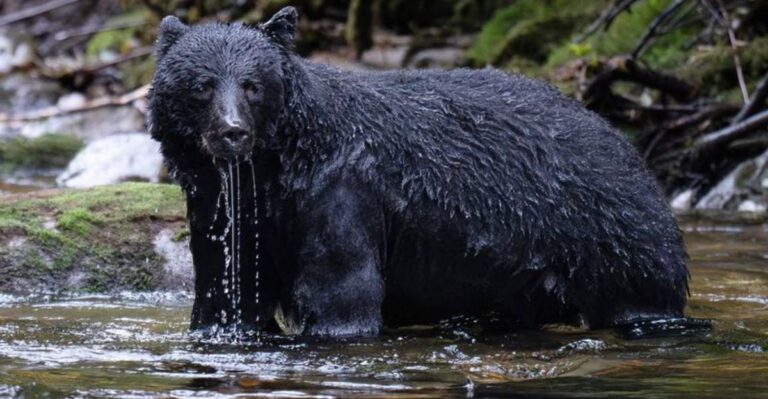13 Myths About Sharks
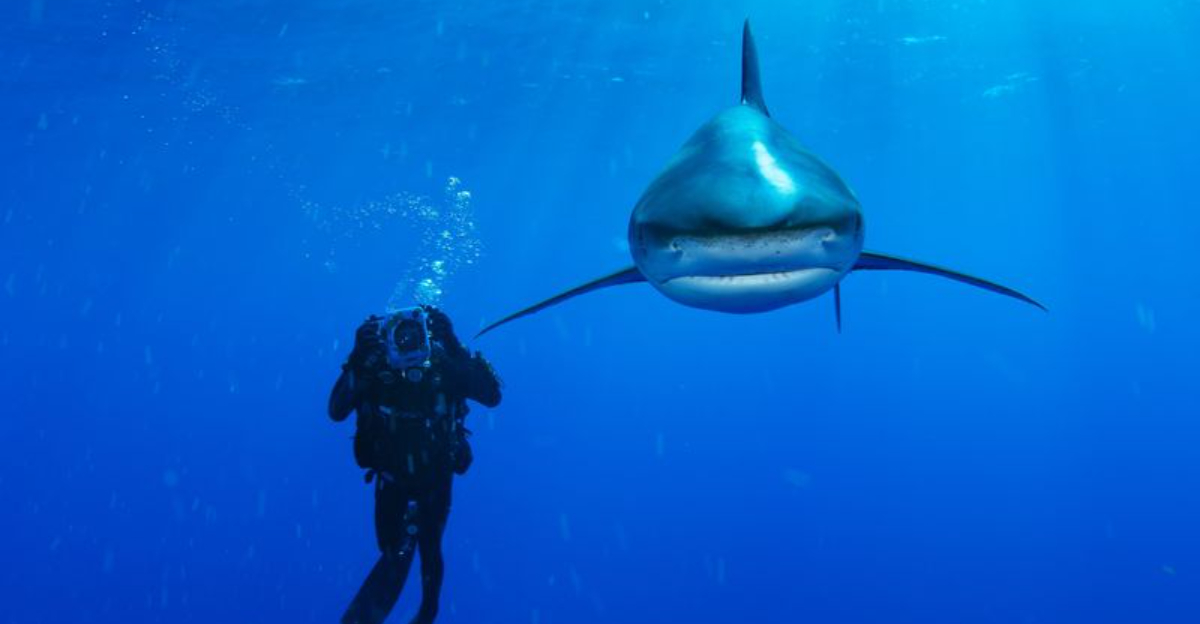
Every summer, beachgoers worry about the ocean’s most misunderstood predator – sharks. Despite their fearsome reputation, much of what we believe about these magnificent creatures is based on myths rather than facts.
Let’s debunk some common misconceptions about sharks and discover the truth behind these fascinating ocean dwellers.
1. Sharks Are Man-Eaters
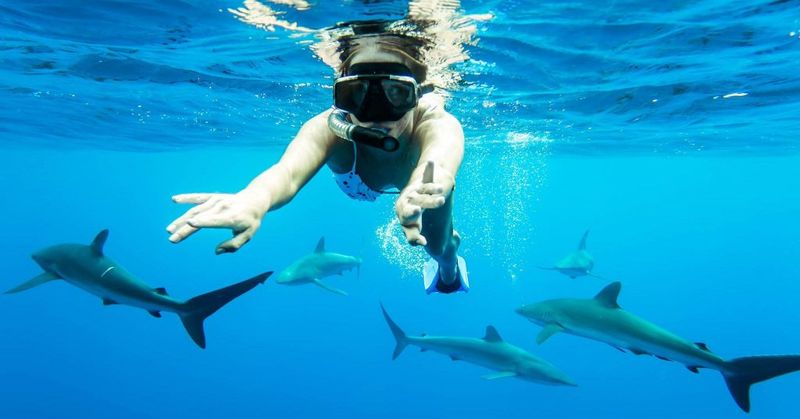
The idea of sharks hunting humans is pure Hollywood fiction. Out of 500+ shark species, only about a dozen have been involved in unprovoked attacks on humans.
Most shark encounters are cases of mistaken identity – they mistake swimmers for their natural prey like seals. You’re more likely to be killed by a falling coconut than a shark bite!
2. All Sharks Are Giant Killers
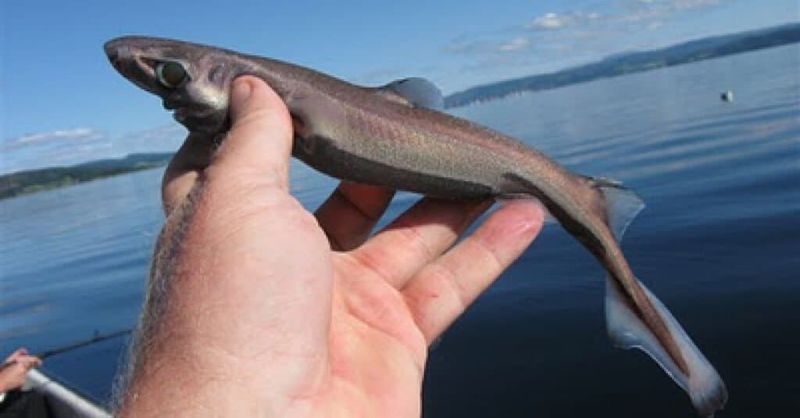
Contrary to Jaws-inspired nightmares, most sharks couldn’t hurt you if they tried. The vast majority of shark species are smaller than humans and feed on tiny fish or plankton.
The dwarf lanternshark grows to just 8 inches long – smaller than a classroom ruler! These mini predators pose zero threat to people and prefer the deep ocean anyway.
3. Sharks Must Keep Swimming Or Die
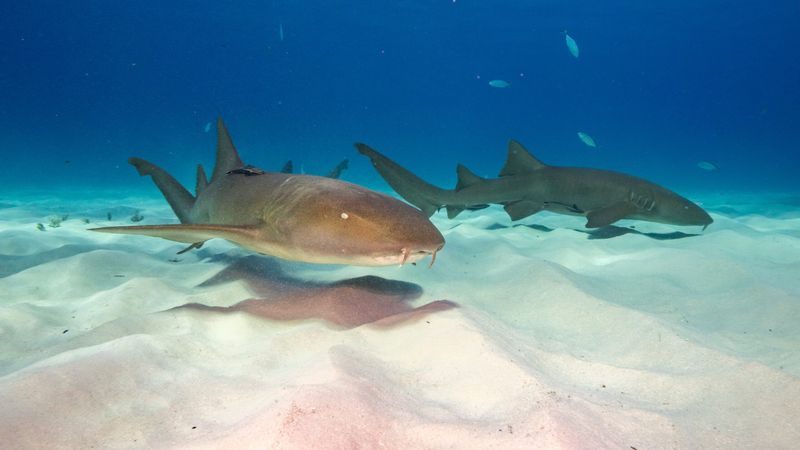
While some sharks like great whites need constant movement to breathe, many species don’t follow this rule. Nurse sharks, wobbegongs, and angel sharks regularly rest on the ocean floor.
These bottom-dwellers have specialized muscles that pump water over their gills while stationary. Next time you see a shark lounging around, know it’s not being lazy – just breathing differently!
4. Sharks Can Smell A Drop Of Blood From Miles Away
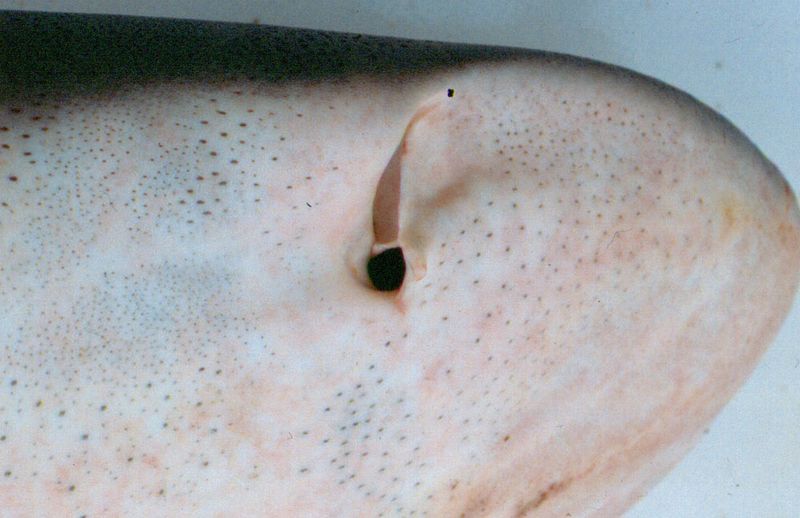
Shark noses are impressive but not magical. They can detect blood in water at concentrations of one part per million – roughly one drop in a swimming pool, not miles of ocean.
Their smell works best within several hundred feet, not miles. Plus, sharks aren’t particularly interested in human blood anyway. They’re much more attracted to fish blood and oils from their natural prey.
5. Shark Fins Grow Back After Being Cut Off
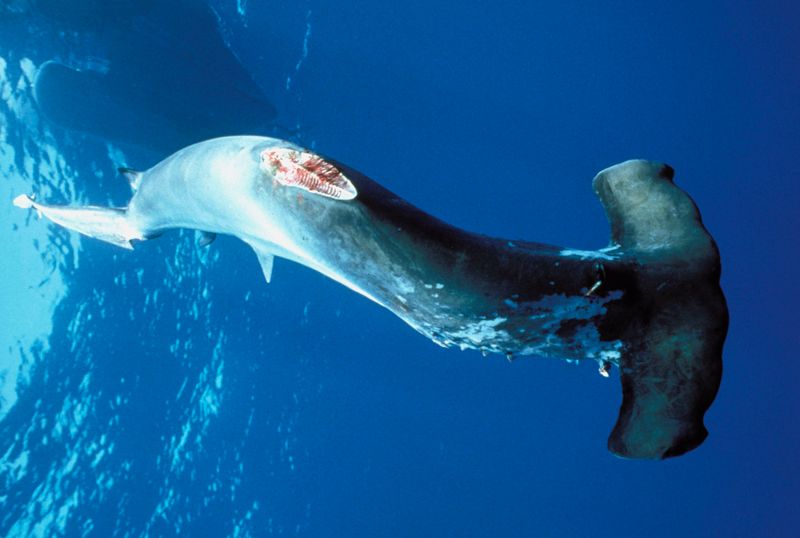
Sadly, shark fins don’t regenerate after being harvested for shark fin soup. Once removed, the fin is gone forever, and the shark usually dies a slow, painful death.
Unlike some reptiles that can regrow tails, sharks lack this ability. Finning practices kill an estimated 73 million sharks annually, pushing many species toward extinction and disrupting ocean ecosystems.
6. Punching A Shark’s Nose Will Save You
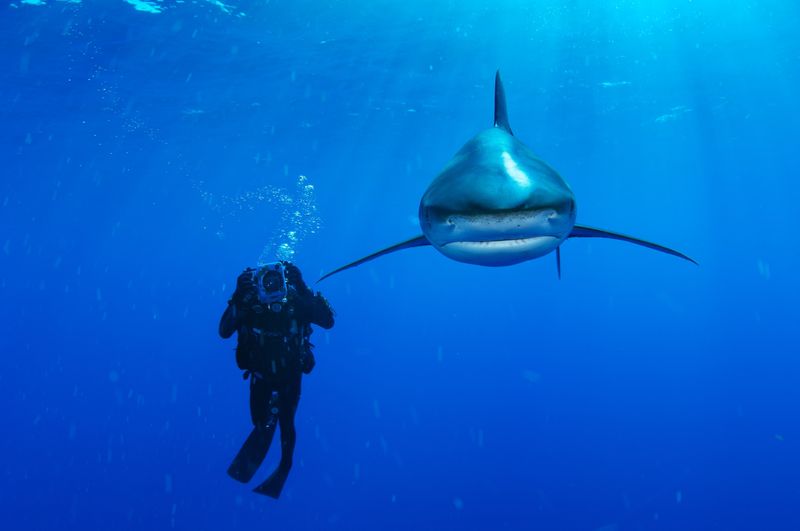
The old advice about punching a shark’s nose isn’t the best survival strategy. In murky water with adrenaline pumping, accurately hitting a moving shark’s sensitive snout is nearly impossible.
Marine experts recommend maintaining eye contact and slowly backing away. If contact seems unavoidable, target the gills or eyes instead. Better yet, swim with others and avoid dawn/dusk feeding times altogether.
7. Sharks Don’t Get Cancer
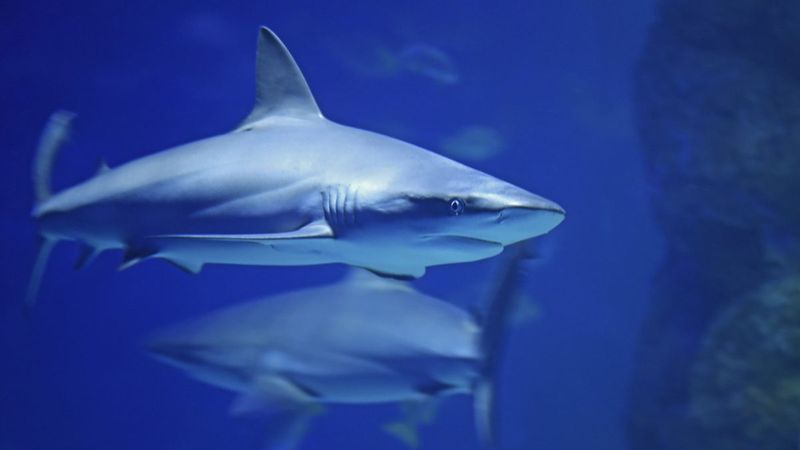
The myth that sharks are immune to cancer has fueled a harmful industry selling shark cartilage as miracle cures. Scientific reality? Sharks absolutely do develop tumors and cancers.
Researchers have documented various cancers in different shark species. This misconception has contributed to shark population declines while giving false hope to cancer patients seeking alternative treatments.
8. Sharks Attack Menstruating Women
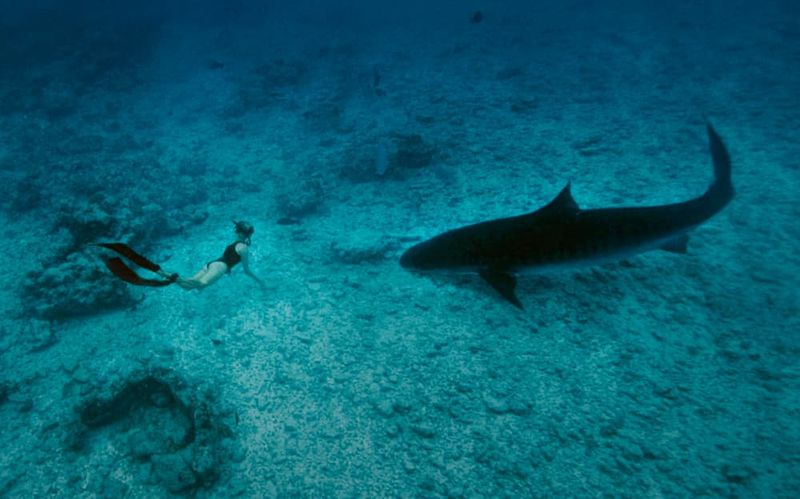
The persistent myth that period blood attracts sharks has kept many women out of the water unnecessarily. No scientific evidence supports this claim.
The amount of blood released during menstruation is minimal and doesn’t significantly diffuse in ocean water. Studies tracking shark behavior have found no correlation between attacks and menstruation. Everyone deserves to enjoy the beach without this unfounded fear.
9. Dolphins Will Protect You From Sharks
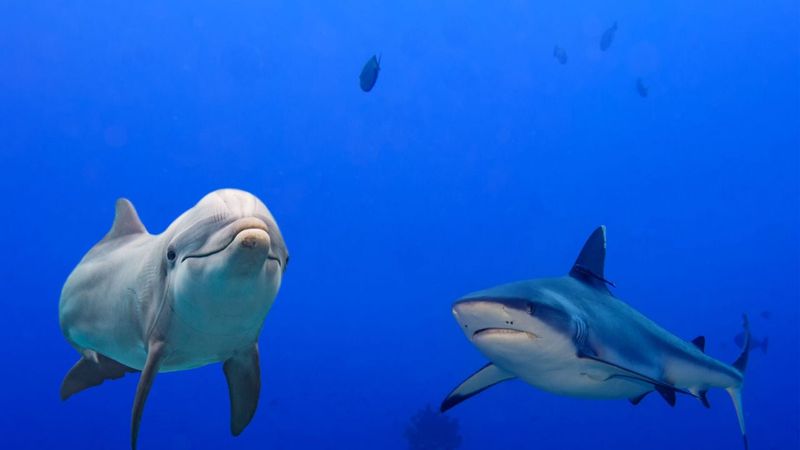
Flipper won’t necessarily save you from Jaws. While dolphins sometimes chase sharks away, they do this to protect themselves and their pods, not humans.
Dolphins and sharks often hunt the same fish, making them competitors rather than natural enemies. There are even documented cases of dolphins and sharks hunting cooperatively! Don’t count on dolphin bodyguards during your next ocean swim.
10. Shark Teeth Are Razor-Sharp Weapons
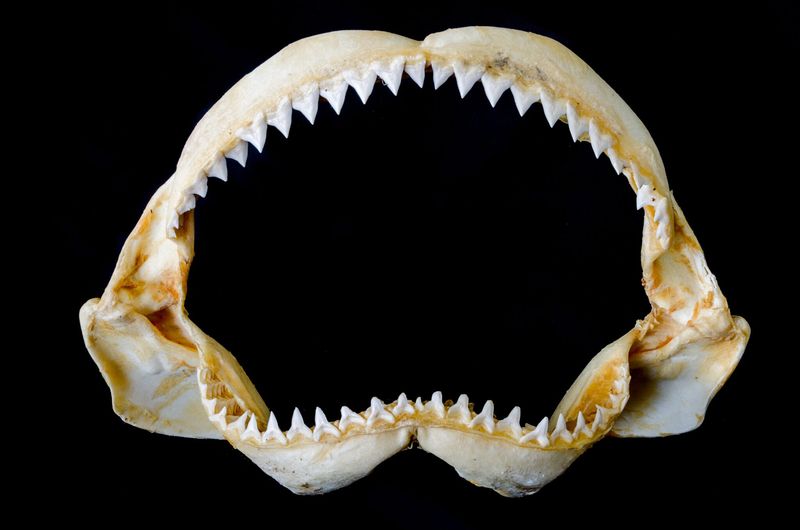
Shark teeth aren’t actually razor-sharp like knives. Their effectiveness comes from shape and how they’re used, not extreme sharpness.
Most shark species have teeth designed for grabbing and holding prey, not slicing. The serrated edges work like saw blades. When you handle a dried shark tooth, you’ll find it’s surprisingly blunt compared to what movies suggest.
11. Sharks Are Mindless Eating Machines
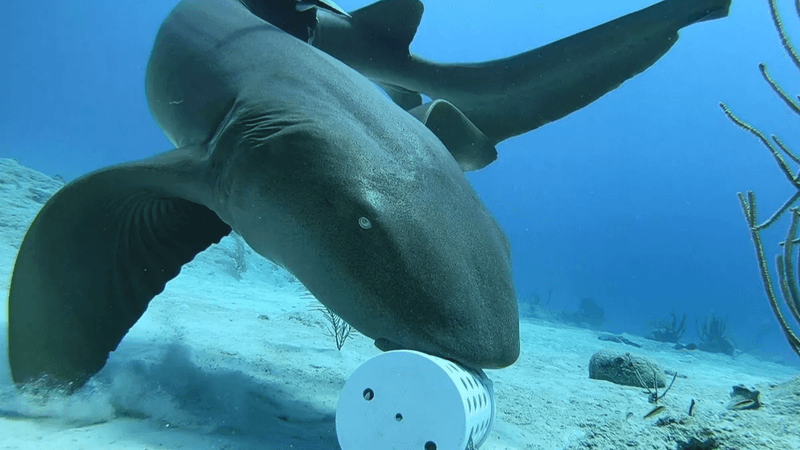
Far from being brainless predators, sharks show remarkable intelligence. They can learn tasks as quickly as rats and other mammals, recognize individual humans, and even use tools in some cases.
Scientists have observed complex social behaviors among sharks, including cooperative hunting. Their brain-to-body ratio rivals many birds and mammals. These sophisticated hunters have survived for 450 million years through adaptation, not mindless aggression.
12. Shark Attacks Are Increasing Dramatically
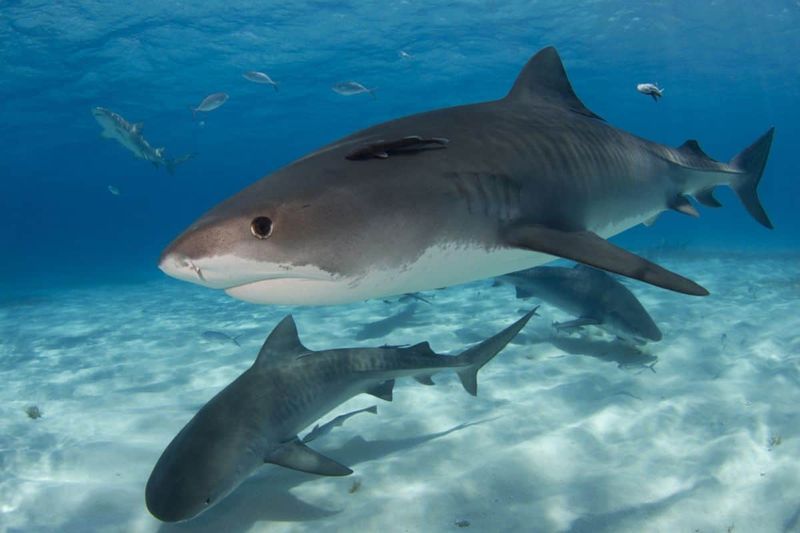
News coverage might suggest we’re in the midst of a shark attack epidemic, but the statistics tell a different story. Global shark attacks remain incredibly rare, averaging around 80 unprovoked incidents annually worldwide.
The slight increase in reported encounters correlates with growing human populations in coastal areas and better reporting systems. Your lifetime odds of a shark attack are approximately 1 in 3.7 million.
13. Killing Sharks Makes Beaches Safer
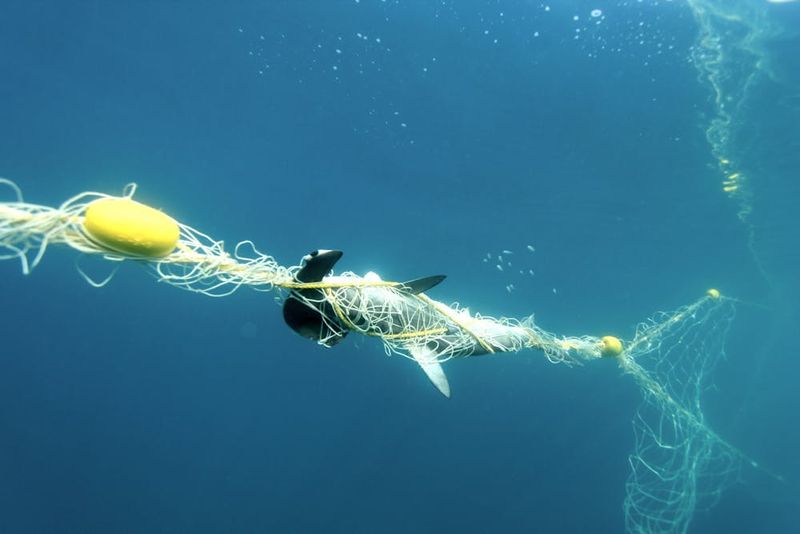
Shark culling programs have been implemented in several countries but scientific evidence shows they don’t increase swimmer safety. These programs often catch non-dangerous species while missing targeted sharks.
Australia’s shark nets and drum lines have killed thousands of non-target marine animals including dolphins, turtles, and rays. Modern tracking and monitoring systems provide better protection without the ecological damage.

